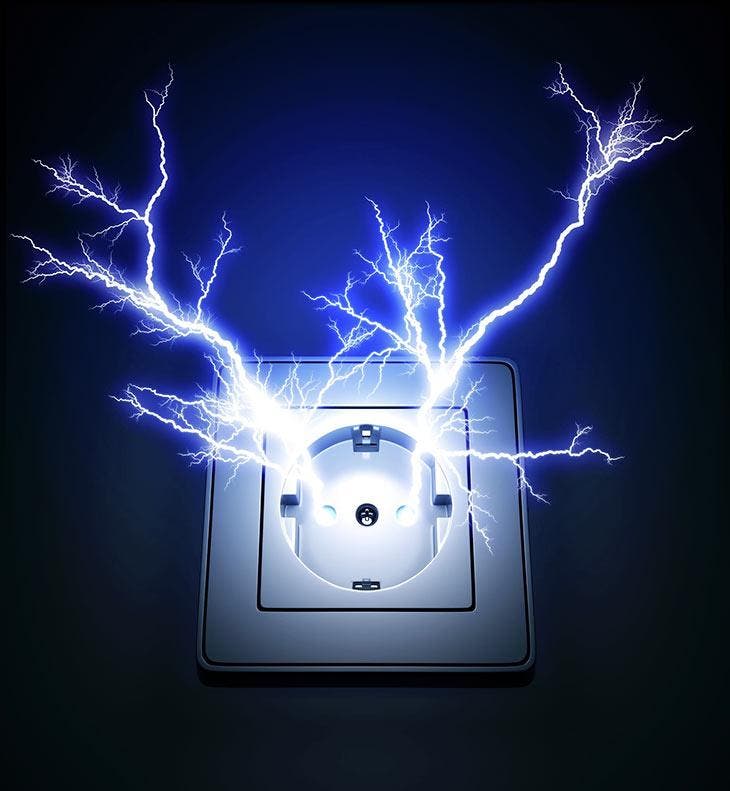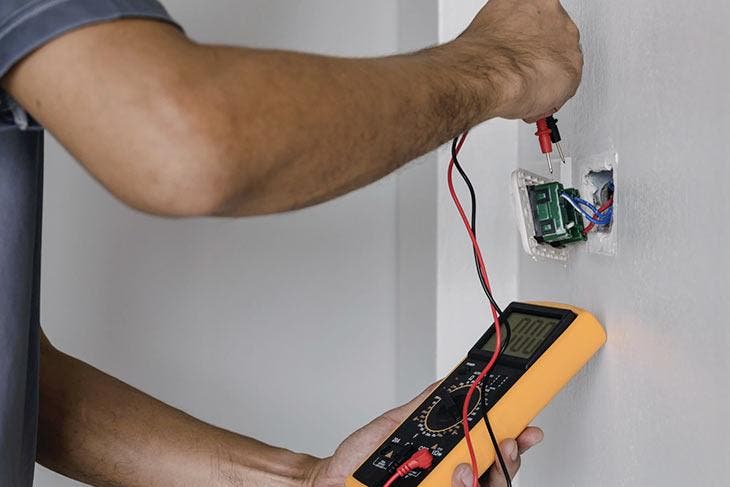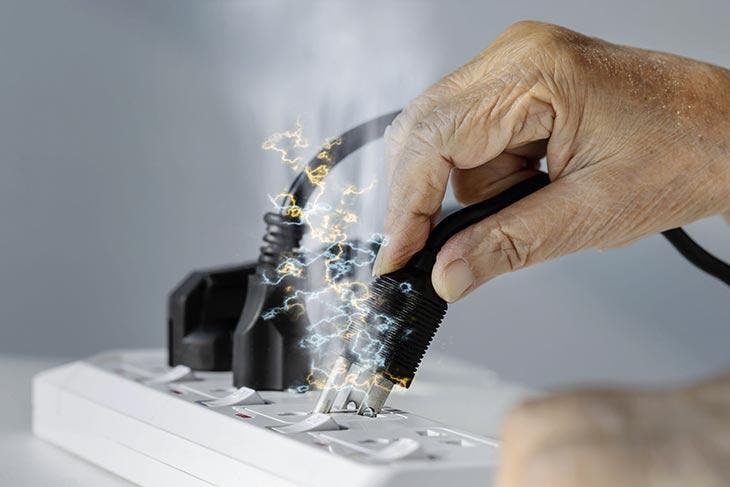To power our appliances, the modern installation of the electrical system in our homes makes life easier. Wall outlets nearby, adjustable wires and power strips that support multiple electrical plugs at once. It’s great technology! This is a beautiful scenario until sparks occur when you plug in a new plug. Hello problems and DIY… Don’t panic! We are here to advise you and explain how to avoid this inconvenience with as little damage as possible. It’s happening here!

The contact area of the charger with the electrical outlet is extremely sensitive and requires at least a minimum of knowledge of electricity in order to avoid small bugs on Sundays where you have to manage alone. Tell us then, have you ever seen sudden and short sparks coming out of your electrical outlet when you try to plug in your charger? Rest assured, you are not the only ones, we have all experienced this one day but only the smartest get away with a clever and effective trick.
Indeed, sparks from the plug can be caused in the event that the pins of the plug may contain debris and imperfections. We recommend using the sandpaper trick! It’s very simple, just rub the pins of the plug with a small piece of sandpaper to remove the dirty part. Pass a toothbrush to remove debris from sanding. Thus, there will be no more fake contacts on the next use. That’s it, it’s done and you no longer have to worry about putting your appliances on electricity.
In addition, there is another major cause of sparks called Arcing. By connecting the plug to the outlet, sparks can occur if the contact area is not sufficient while the electric current arrives.
How do I know if my electrical outlet is defective?

After cleaning the tiny traces of dirt or burns on the pins on the plug, it is possible that sparks still occur if your electrical outlet is defective. Yes, we know that you are not electrical technicians, nevertheless, there is a trick to check the existence or absence of electric current by yourself. Indeed, it is enough that you measure it using a voltmeter or a multimeter to know if the conductors are damaged or worn or if the electrical system is not properly installed in your home.
A power strip that makes sparks can cause the house to break down and catch fire!

Let’s face it, no one has enough wall outlets at home to plug in all the devices at once, which is why we use power strips: it’s practical and functional. Nevertheless, the latter are not without danger because they can cause overheating and consequently a fire. What for?
First, if you plug your power strips into each other to extend the electrical wire as much as possible, our advice is to stop doing it categorically! For good reason, this overlap of sockets causes the initial power strip to overload and could even present a fire hazard. Similarly, avoid cluttering it with appliances that transform electricity into heat, namely dryers and straighteners. Still, you can imagine a power strip with individual and separate switches to keep control.
Then, choose the location of your power strip carefully by avoiding closed or hidden places because the movement of electricity generates electrons that themselves generate heat. We point the finger at carpets, the back of furniture and overdecorated places.
We will not cease to warn you of the danger of power strips that make sparks and that could seem trivial to you when they constitute a risk.
Dear readers, do not trivialize these little sparks by mistaking them for jovial or amusing fireworks. This is a serious matter, handle it with great care…





